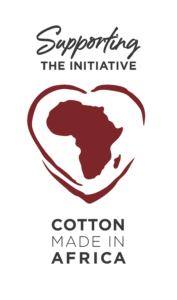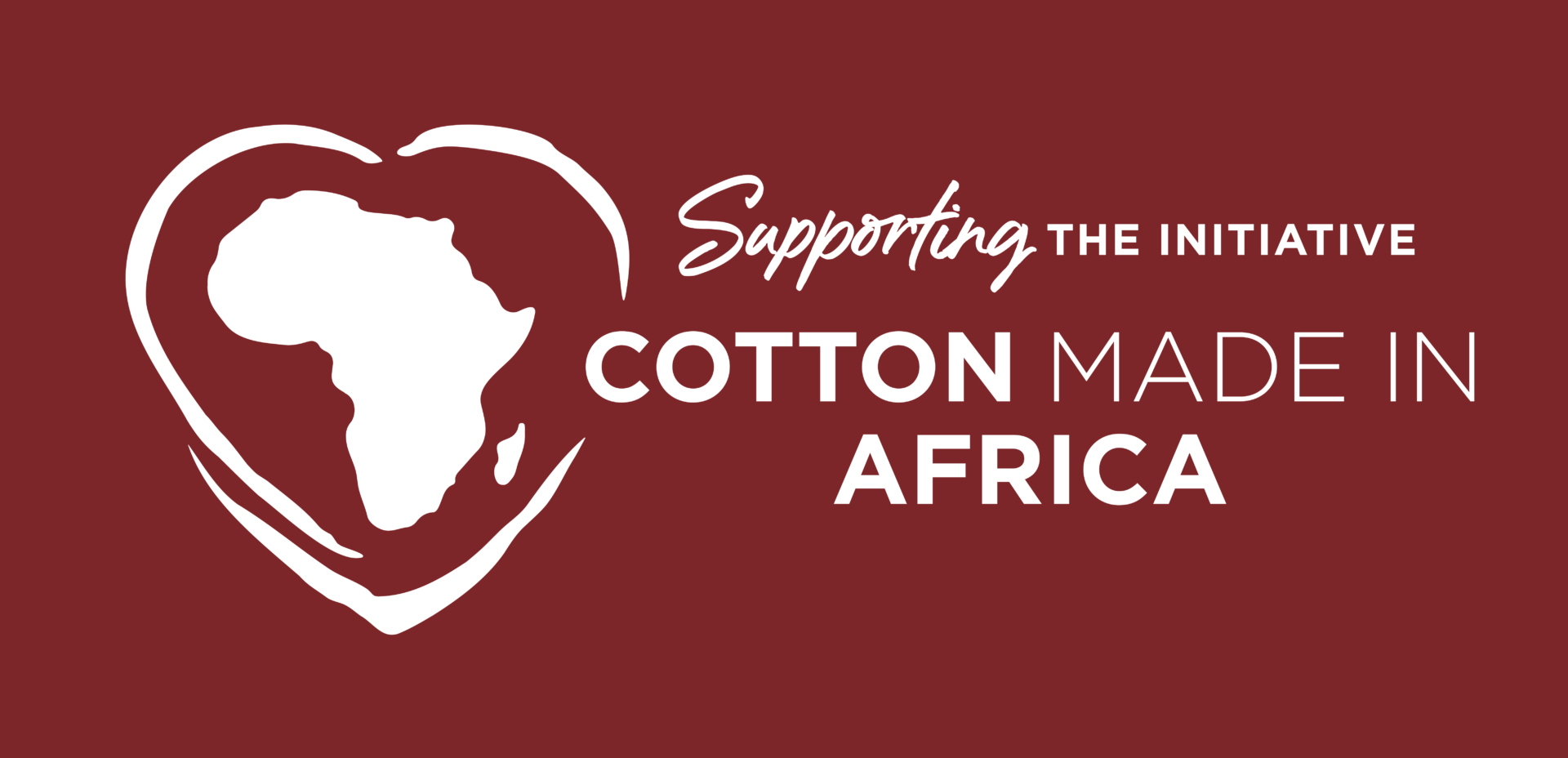

Each product bearing a label by the Cotton made in Africa initiative supports African small-scale farmers and helps to protect the environment. For as many small-scale farmers as possible to benefit from the demand for CmiA cotton and from reinvested licensing revenue, we use two systems for the integration and traceability of CmiA cotton in the supply chain: Hard Identity Preserved (HIP) and Mass Balance (MB).

CmiA-verified cotton is strictly separated from other cotton until arriving at the spinning mill. This means that CmiA cotton can be traced back from the spinning mill to the ginneries to the farmland without any gaps. In the Mass Balance System, CmiA cotton can be mixed with cotton of other origins in the spinning mill. This is similar to green power, where all produced power (green and conventional) flows into the same network.
For the processing stage in the spinning mill, the key factor is that the purchased quantity of CmiA cotton and the quantity of yarn sold as CmiA must balance out – like on a scale. This means that only as much CmiA yarn can be sold as CmiA cotton was purchased. In other words, the mass is balanced.

CmiA yarns and the textiles produced from them do not necessarily contain only physically traceable CmiA cotton. They can also consist of a mixture of CmiA-verified cotton and other cotton, and it is even possible for CmiA yarns to contain no CmiA-verified cotton whatsoever. The key is for the spinning mill to maintain the balance between the CmiA yarns it sells and the CmiA-verified cotton it purchases. As such, the number of products to which a retailer can affix the “Cotton made in Africa Supporter” label must correspond to the quantity of CmiA-verified cotton purchased and processed by the retailer.
Although this may appear confusing at first glance, it obeys a logical principle: The licensing fees for companies to use a CmiA seal are derived purely on the basis of the amount of CmiA cotton purchased, regardless of whether it is subsequently processed separately or mixed in with other cotton. It makes no difference to the small-scale farmers in Africa which system is used farther along the chain. What matters to them is that brands and retailers purchase CmiA-verified cotton, process it into textiles, and pay licensing fees, which we reinvest in the cotton-growing regions in Sub-Saharan Africa.
The Mass Balance System is common in the agricultural commodities sector and frequently used, for example for cocoa, sugar, fruit juice, and tea.
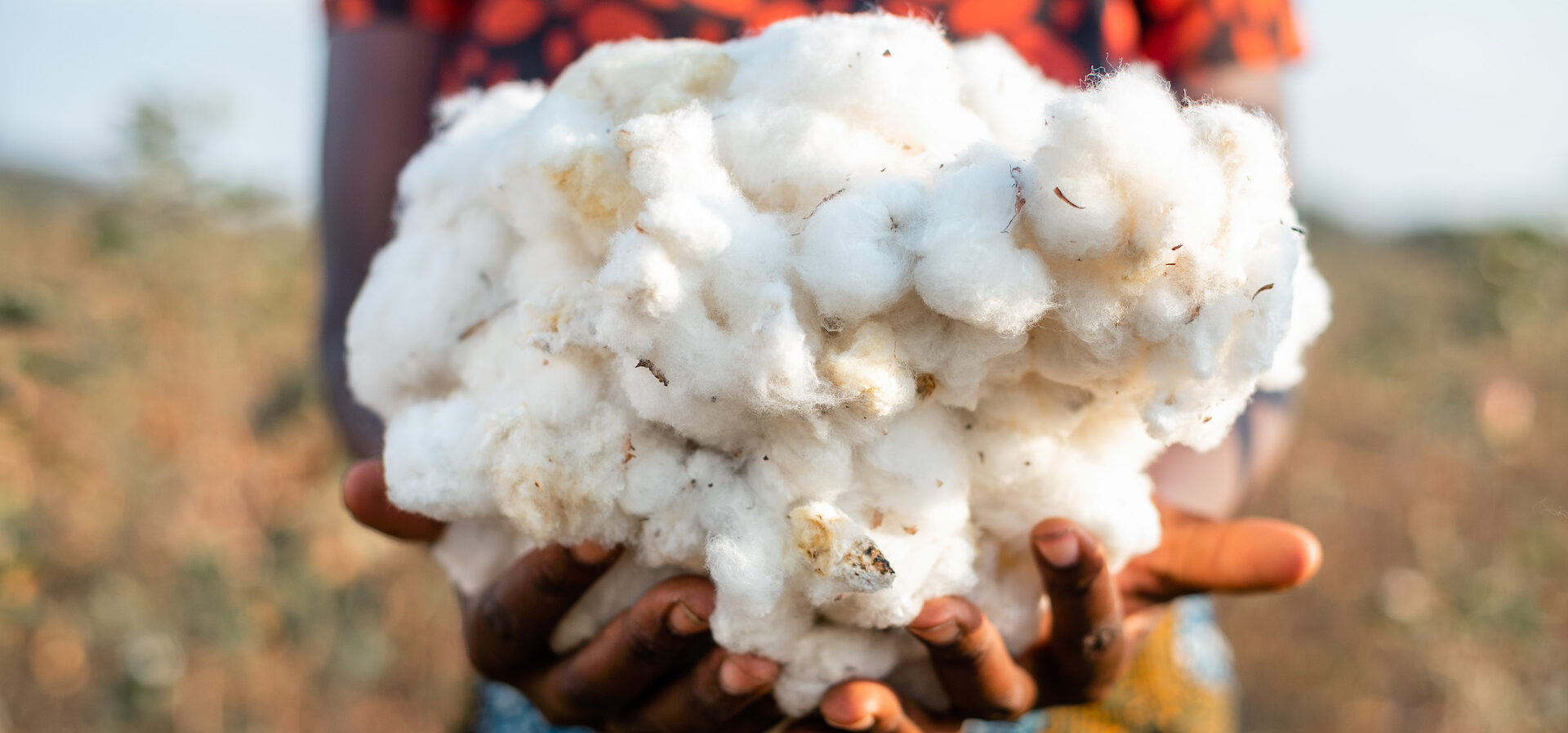
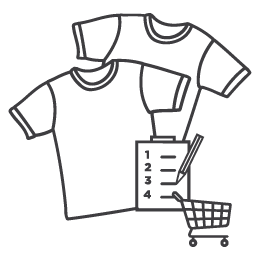
To measure and monitor quantities, Cotton made in Africa developed its own tracking system, the Sustainable Cotton Tracker (SCOT). Spinning mills regularly record all CmiA yarn sales to CmiA-registered partners in this system and confirm purchases of CmiA-verified cotton from a CmiA-nominated cotton trader. Their monthly reports on sales and purchases ensure that the mass balance is maintained. Once a spinning mill has used up its quota of CmiA cotton, meaning that it has sold as much as it has purchased, the mill must purchase more CmiA cotton. When a mill’s allotment of CmiA cotton is at zero, no yarn transactions can be made through the SCOT system.
All other partners in the textile production chain are also included in the CmiA tracking system: cotton traders, fabric and textile producers, importers, and retailers – all the CmiA licensees. By recording the cotton percentage at each production level, the SCOT tracking system offers a high level of transparency throughout the entire supply chain. And: By assigning purchase quantities to sales and by converting yarn quantities to cotton quantities, the real demand for CmiA cotton can be calculated on an ongoing basis.

Cotton made in Africa’s focus is on the people at the very start of the value chain: the small-scale farmers in Africa who grow the cotton with their families. We support them in cultivating cotton in a sustainable and resource-efficient manner while increasing their yields. In keeping with the principle of help for self-help, we enable them to improve their living and working conditions themselves.
This approach relies on the revenue earned by selling licences to the companies that purchase and process CmiA cotton. It is clear that the more CmiA-verified cotton is used in commerce, the higher licensing revenue is. And the higher licensing revenue is, the more money can be reinvested in Africa – and the more small-scale farmers can benefit. Each licensee therefore plays a part in expanding support for small-scale farmers and improving environmental protection with regard to cotton cultivation.
It is our goal to gain as many licensees as possible and to increase demand for CmiA cotton. The Mass Balance System offers a good route to this goal by enabling us to make sustainably grown cotton easier to access and to incorporate it into the value chain in a cost-neutral and more flexible manner. Through the Mass Balance System, we make it easier for brands and retailers to procure sustainably produced cotton. At the same time, we are increasing the percentage of small-scale farmers who can improve their living conditions by selling CmiA cotton. Both sides benefit.
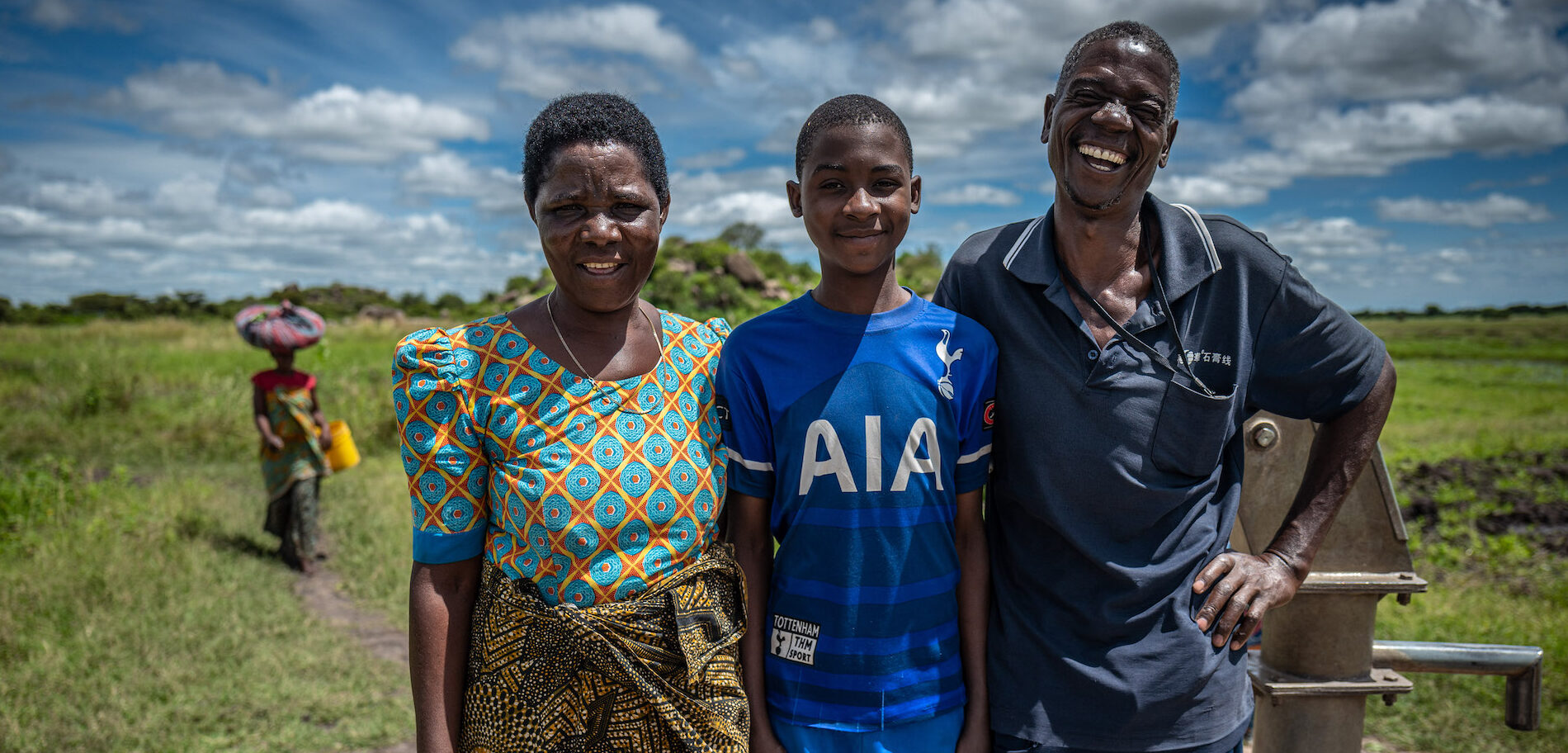

Each and every person who buys a CmiA-labelled product is making a direct contribution to supporting African small-scale farmers and their families and to promoting environmentally friendly cotton cultivation. Of course, high consumer demand for products made from sustainably grown cotton also raises demand on part of the licensing partners.

Fundamentally, CmiA-labelled products must contain at least five percent cotton. Products produced through the Mass Balance System are labelled with “Supporting the initiative Cotton made in Africa”. This label can be used by all licensees who purchase and process CmiA cotton.
